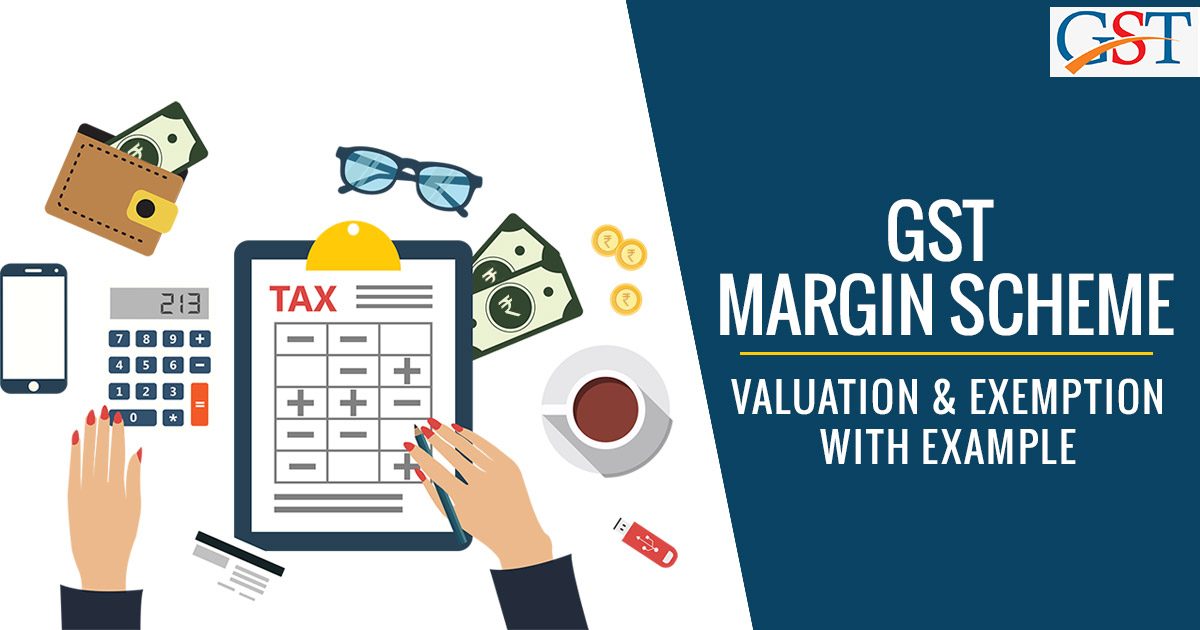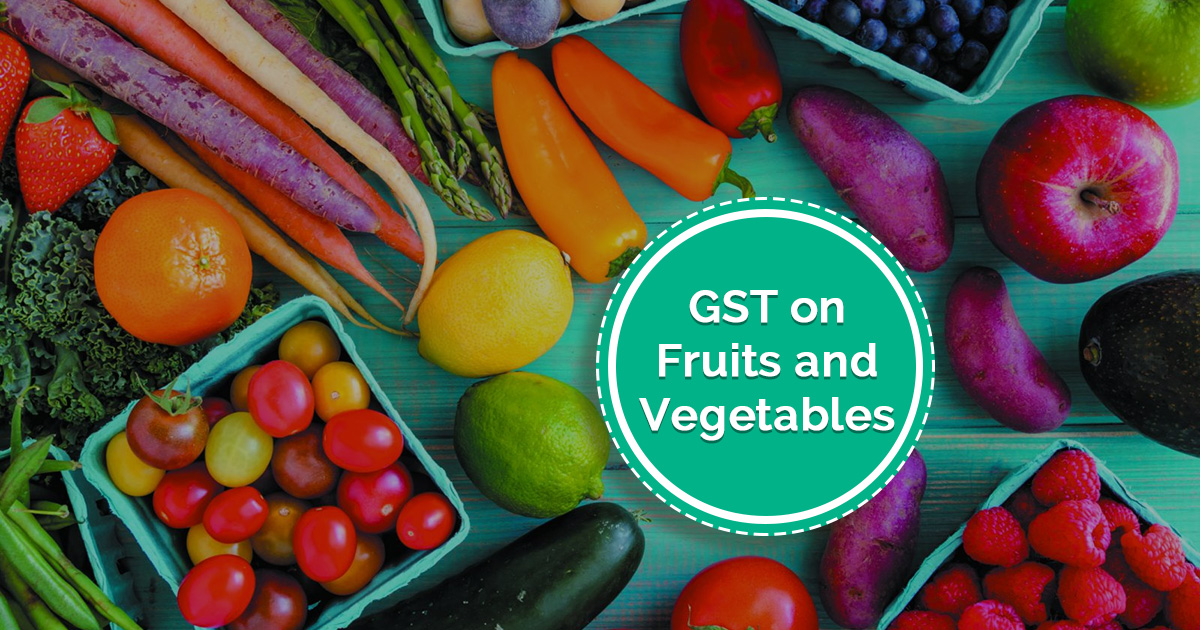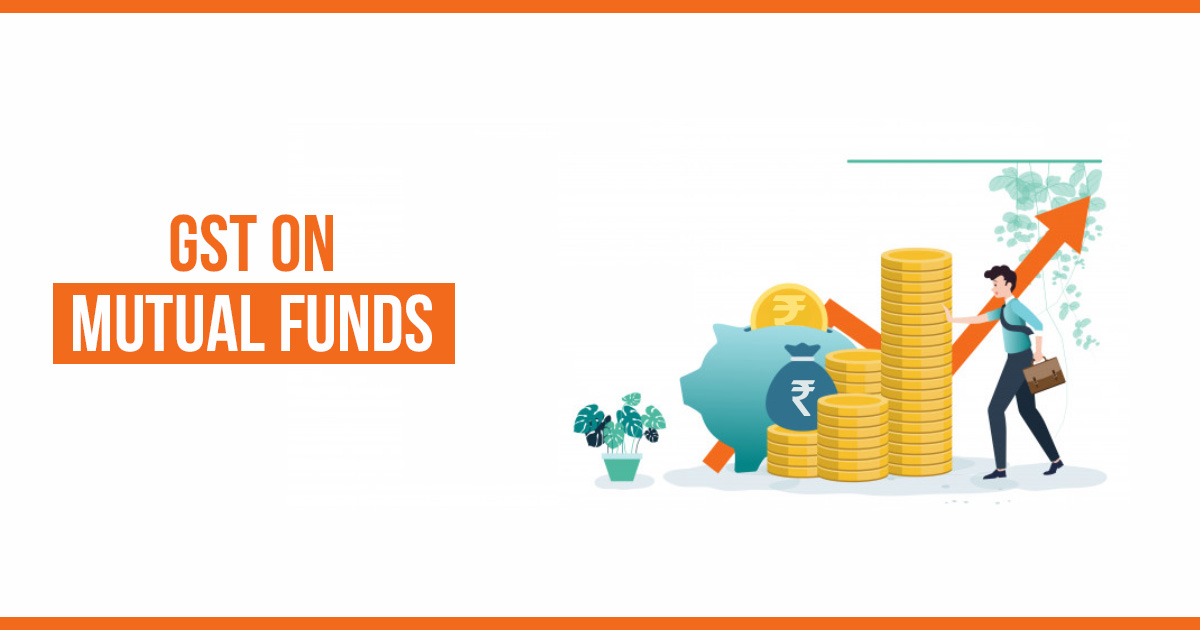GST was launched as a revolutionary tax system in India on July 1st, 2017. It brings many changes in almost every sector of the economy of the country. This also includes the second-hand goods industry. There is a new term called ‘Margin Scheme’ in GST which not many people are aware of yet.
Let’s find out more about it.
What is Margin Scheme under GST?
The Margin Scheme in GST is applicable on the supply of second-hand goods. In normal cases, the GST tax is applicable in the actual transaction value of the supply, but for second-hand items, the GST will be levied only on the margin value, i.e. the profit margin of the seller (the difference between purchase price and selling price).
This is to avoid the double taxation on the supply of goods on which a tax has already been paid (when it was sold in new condition). The margin scheme is applicable on unlimited second-hand supplies, even of the same item. And if there is no margin in such a deal, there will be no GST applicable.
This is to avoid the double taxation on the supply of goods on which a tax has already been paid (when it was sold in new condition). The margin scheme is applicable on unlimited second-hand supplies, even of the same item. And if there is no margin in such a deal, there will be no GST applicable.
The margin scheme is applicable on unlimited second-hand supplies, even of the same item. And if there is no margin in such a deal, there will be no GST applicable.
GST Margin Scheme Rules – Valuation of Second Hand Goods
Now, if you are thinking that all kinds of second-hand goods and supplies will be considered under this margin scheme GST India, you should think again. There are obviously some rules here to be followed for the valuation of second-hand goods under this scheme.
As per the official CGST Rule 32(5), 2017, where a taxable supply is provided by a person dealing in buying and selling of second hand goods i.e., used goods as such or after such minor processing which does not change the nature of the goods and where no input tax credit has been availed on the purchase of such goods, the value of supply shall be the difference between the selling price and the purchase price and where the value of such supply is negative, it shall be ignored.
In short, any supply of second hand goods, where no ITC was claimed on the purchase of such goods and the nature of goods is unchanged, are eligible under the GST Margin Scheme, and the tax on such supplies will be levied only on the difference (margin) value. There will be no tax if the margin value is zero or negative.
The GST Margin provision also says that in the case of repossession of second hand goods from an unregistered borrower with the purpose to recover of a loan amount, the taxable value will be the actual purchase price of such goods (for the borrower) reduced by 5% for every quarter, from the date of purchase to the date of disposal by the current possessor.
Exemption: The GST Margin Scheme Notification No.10/2017-Central Tax (Rate) New Delhi, dated 28th June, 2017, also states that the intra-state supplies of second-hand items made by an unregistered supplier to a registered dealer, who is involved in buying and selling of second-hand products and is paying GST on the sales (outward supply) of these goods, will be exempted from the tax levied under the normal CGST/SGST Act, 2017.
GST Margin Scheme Example
Let’s understand the Margin scheme with an illustration.
Suppose that Rohan, a registered dealer of second-hand cars, purchases a used Maruti car for Rs. 2 lac (original price Rs. 4 lac) and sells it for Rs. 2.5 lac after making some minor modifications in it. Rohan will have to pay GST only on the margin value of Rs. 50,000 when selling the car, and his inward (purchase) transaction (value Rs. 3 lac) is exempted from GST.
Other Important Points of the Margin Scheme under GST
- There will be no GST margin scheme tax invoice i.e., the company/person selling the second hand goods cannot issue any tax invoice and the buyer cannot claim ITC on the purchase.
- No ITC under Margin scheme.
- The taxable value of possessions against a loan or debt will be the purchase value with quarterly reductions.
- The intra-state purchases (inward supplies) of second hand goods by a registered professional dealer will be exempted from central tax, but the dealer will have to pay CGST/SGST on the outward supplies.
- If some major changes or upgrades are made in form of repair, reconditioning and refurbishing, the cost of the repairs/changes will also be added to the taxable value of the second hand goods when calculating GST. In short, GST will also be levied on the value of upgrades and modifications made in the second hand item before reselling it.
That’s all there is to know about the Marginal scheme under GST. Feel free to browse our other articles for more GST related information.







Hi Atul,
Nice Informative blog. Thank you for providing such a nice informative blog on GST Procedures in India – Audit, Assessment, Recovery & Ruling. Nicely mentioned the steps.
Thanks
Pl confirm what HSN code will be used by the car dealers for the sale
Yes, It is necessary for dealers to mention HSN/SAC codes for all their taxable goods and services.
Please find HSN or SAC Code here.
hello, i think i am about to ask a very silly question and probably nobody is gonna even bother to reply, but as i am new to business i need to know this thing so if someone could please ignore my silliness and guide me, it would be really helpful to me at this to not to make any mistake… an example was mentioned regarding the car bought by a dealer for 2 lac and sold for 2.5 lac..
1. >>>> how will government confirm if the car was really bought for 2 lac? dealer can lie that it was bought for 2.3 lac so that he has to pay lesser tax because his margin is showed less.. can he lie?
2. >>>> how to make a purchase invoice in this scheme?
3. >>>> how to make a sales invoice in this scheme? which has the amount of tax on dealers margin
Can we sell online second hand goods under marginal scheme ???
Yes, it is under margin scheme.